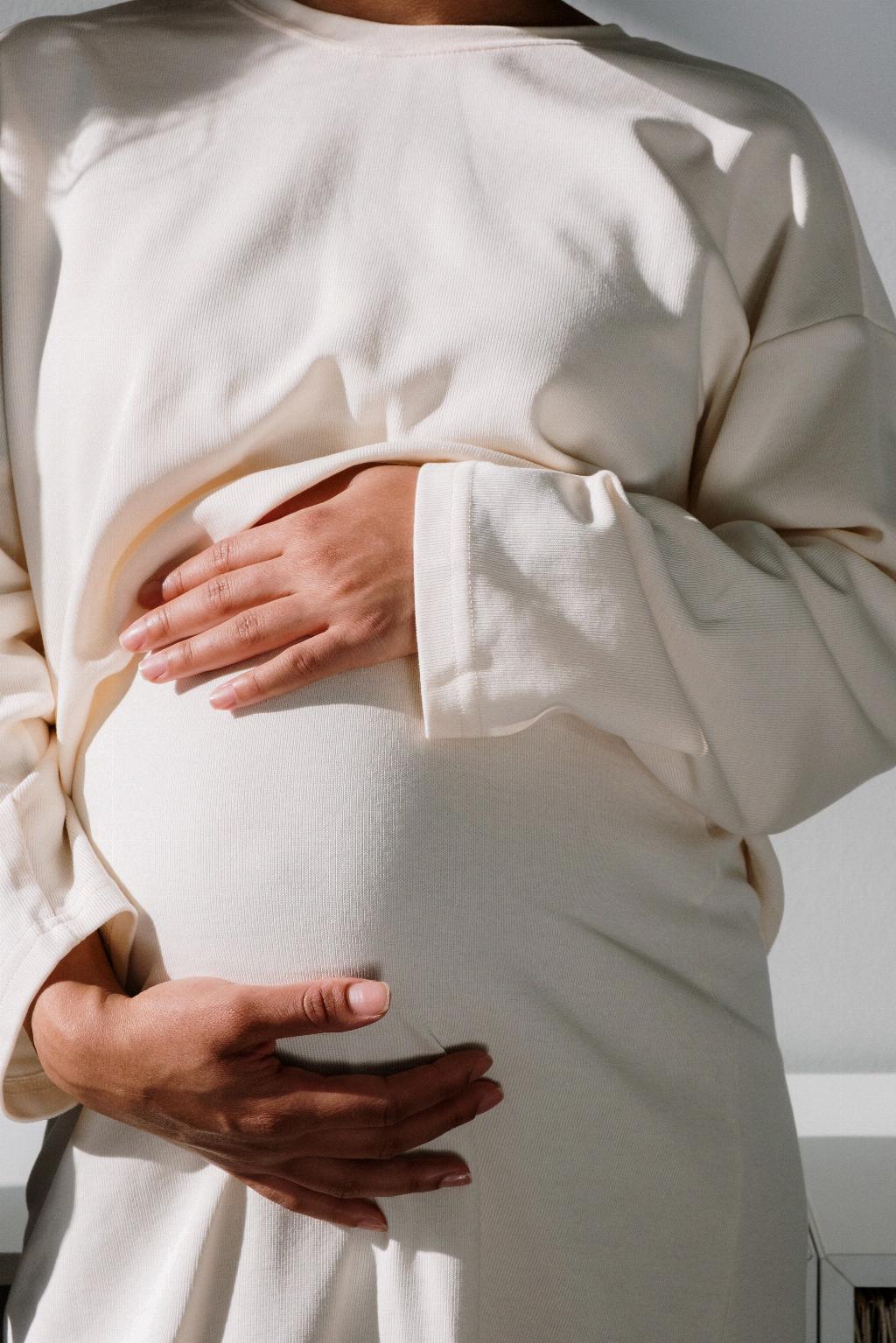When exploring the intricate topic of hermaphroditism, it is crucial to understand the unique biological complexities that some individuals may possess. In cases of true hermaphroditism, individuals are indeed born with both testicular and ovarian tissues, which can exist in either the same gonad or separate gonads within the body. This rare phenomenon leads to the presence of both male and female reproductive components, setting hermaphrodites apart from individuals with typical male or female anatomy.
The dual nature of hermaphrodites extends beyond just the presence of both testicular and ovarian tissues. These individuals may also exhibit ambiguous genitalia, wherein the external reproductive organs do not clearly align with traditional male or female characteristics. This ambiguity in physical appearance is a defining feature of hermaphroditism and underscores the intricate interplay of biological factors that contribute to the development of sexual characteristics in humans.
It is essential to recognize that hermaphrodites are not simply born with fully functional sets of both male and female reproductive parts. Rather, the presence of testicular and ovarian tissues signifies a complex intersex condition that requires careful medical evaluation and support. The internal duct structures within the body of a hermaphrodite may also exhibit variations that deviate from the typical male or female reproductive system, further emphasizing the unique nature of this biological variation.
While the concept of hermaphroditism may seem unfamiliar to many, it is essential to approach this topic with sensitivity and understanding. Hermaphrodites navigate a distinct set of challenges related to their physical development and identity, highlighting the need for broader societal awareness and acceptance of diverse gender expressions and biological variations. By acknowledging the existence of hermaphrodites and honoring their experiences, we can create a more inclusive and compassionate world for all individuals.
In cases of true hermaphroditism, the presence of both testicular and ovarian tissues signals a departure from the typical male or female biological framework. The combination of male and female reproductive components within a single individual challenges traditional notions of gender and underscores the rich diversity of human biology. By shedding light on the complexities of hermaphroditism, we can promote greater understanding and empathy for individuals who navigate unique intersex variations.
It is important to note that hermaphroditism is a medical condition that requires thoughtful medical intervention and support. Individuals born with both testicular and ovarian tissues may face physical and emotional challenges related to their unique anatomical composition. Seeking specialized care from healthcare professionals familiar with intersex conditions is essential for addressing the specific needs of hermaphrodites and ensuring their overall well-being.
While the presence of both male and female reproductive parts in hermaphrodites may seem perplexing to some, it is crucial to approach this topic with an open mind and a willingness to learn. Hermaphroditism offers a window into the complexity of human biology and the diverse ways in which sexual characteristics can manifest. Embracing the nuances of hermaphroditism can lead to greater respect and acceptance for individuals whose identities challenge traditional gender norms.
True hermaphroditism serves as a compelling example of the intricate interplay between genetic, hormonal, and developmental factors in shaping human sexual characteristics. The presence of both male and female reproductive tissues in hermaphrodites highlights the intricate biological processes that govern sexual differentiation in humans. By delving into the complexities of hermaphroditism, we gain a deeper appreciation for the diverse pathways through which gender identity and expression can manifest.
It is crucial to approach discussions surrounding hermaphroditism with respect and sensitivity towards individuals who may identify as hermaphrodites. Acknowledging the unique experiences and challenges faced by hermaphrodites can foster a more inclusive and supportive environment for all members of the intersex community. By amplifying the voices of hermaphrodites and advocating for their rights and recognition, we can contribute to a more equitable society that celebrates human diversity in all its forms.
In conclusion, hermaphrodites are indeed born with both testicular and ovarian tissues, setting them apart from individuals with typical male or female anatomy. The presence of ambiguous genitalia and internal duct structures further underscores the complex nature of hermaphroditism. By increasing awareness and understanding of hermaphroditism, we can promote inclusivity, compassion, and acceptance for individuals who navigate unique intersex variations in their biological development and identity.

